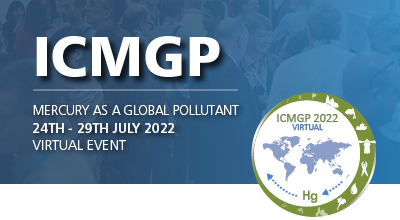| Abstract Title: | Quantifying ASGM Mercury Emissions Using Regional Total Gaseous Mercury Measurements |
| Presenter Name: | Noelle Selin |
| Company/Institution: | MIT |
| Session: | Mercury in Artisanal Gold Mining |
| Day and Session: | Wednesday 27th July - Session one |
| Start Time: | 06:30 UTC |
| Co-Authors: | Noelle Selin,Thandolwethu Dlamini,Aryeh Feinberg |
Abstract Information :
The reduction and eventual elimination of mercury (Hg) emissions from artisanal and small-scale gold mining (ASGM) are a vital component of the goals of the Minamata Convention. ASGM is estimated to be the largest anthropogenic source of Hg emissions and widespread in Latin America and Africa, but there are substantial uncertainties about the total quantity of Hg emissions emitted from ASGM and contributing to global mercury emissions. Hg sources, including ASGM, have been quantified in bottom-up studies, which collect data on underlying activities and multiply activity levels by emission factors to estimate regional and global totals. In contrast, top-down studies have used measurements of atmospheric concentrations combined with models to provide quantitative constraints on Hg emissions. However, top-down estimates of ASGM emissions have not yet been produced in previous studies. We use a top-down approach, using the GEOS-Chem global-scale chemical transport model for Hg, to assess whether and how existing and potential regional measurement sites for gaseous elemental mercury (GEM) can be used to quantify ASGM-related Hg sources. We combine our top-down method with existing bottom-up data to improve estimates of Hg emissions from ASGM activities, for a case study focusing on South America, and in particular, the Madre de Dios region of Peru, known to have extensive ASGM. We find through our model-based analysis and comparison with existing observations that information on the shape of the probability distribution of GEM concentrations (including interquartile range and 95% range) provides improved quantitative constraints on emissions from ASGM than long-term mean values, suggesting insights for monitoring network design. We use our model-based analysis to suggest insights for improving regional-scale ASGM emissions estimates.



